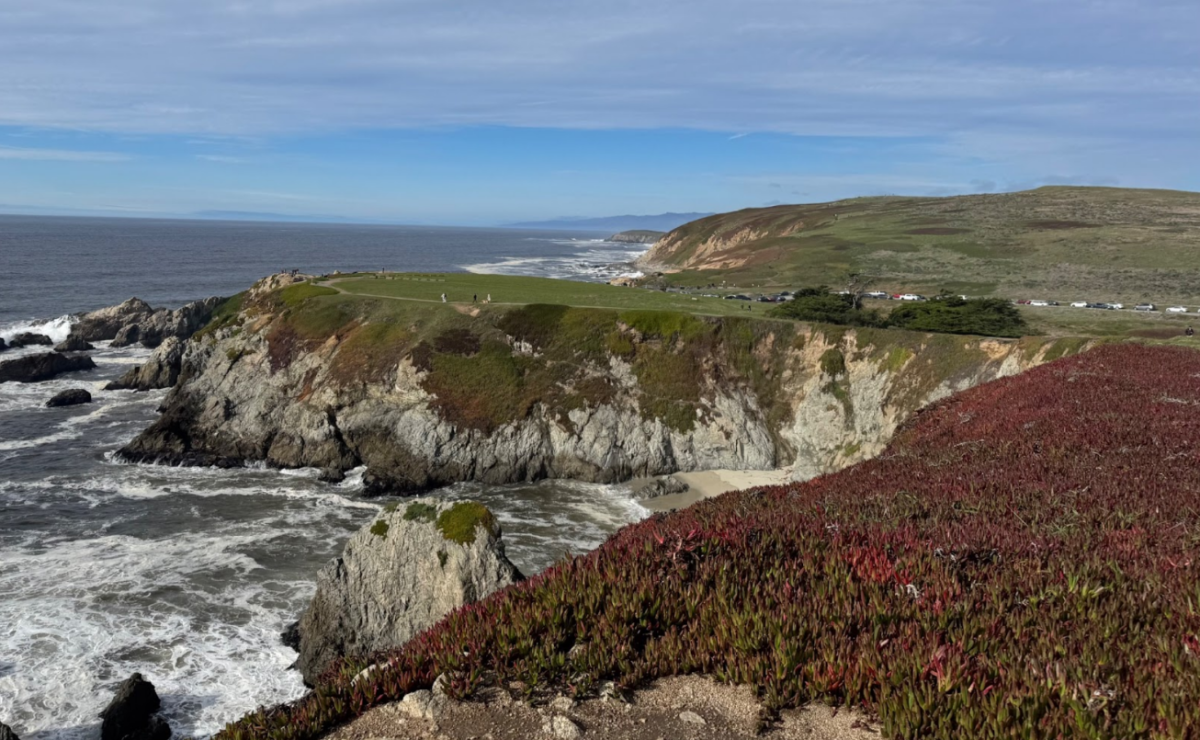Peregrine falcons are some of the most well-known American birds of prey. Historically, these birds had an expansive range and a large population. In the early 1940s, it was estimated that there were nearly 4,000 pairs of breeding falcons, but throughout the 1960s and ‘70s, they experienced a sharp decline. Eastern populations were wiped out before 1970, and by 1975, less than 350 pairs remained across the entire continent. Due to three decades of nonstop effort from conservationists, the peregrine falcon was saved from extinction, and in the 21st century, the bird has returned to being a staple of North American wildlife.
The pesticide DDT was in widespread use from the 1940s to the 1970s. Initially viewed as a miracle pesticide, it was eventually banned due to its cancer-causing properties. However, the pesticide also had another impact: it was the primary cause of the peregrine falcon’s mid-20th century decline. DDT would accumulate in falcons’ bodies and cause females to lay eggs with very thin shells. This would often cause eggs to break early and kill the hatchling inside, and sometimes cause eggs to fail to hatch entirely.
Peregrine falcons were officially removed from the Federal Endangered Species List in 1999. In 2009, they were removed from the California Endangered Species List, and by 2017, over 400 breeding pairs were recorded in our state alone. The bird’s numbers had finally returned to healthy levels. One of the main ways to determine whether a population of falcons is healthy and stable is through monitoring the amount of “floaters” within it. But what is a floater?

Put simply, a floater is an adult falcon that is not part of a breeding pair. Floaters are vital because they can take over for falcons who die while maintaining eyries (raptor nests). A population with few floaters means that many nesting falcons are dying, and if the population declines to the point where there aren’t enough floaters to take over for dead parents, then eyries will start to fail—meaning that any eggs or young from that eyrie will not survive.
In 2023 and 2024, scientists in Alaska, California, New Jersey, Virginia, and Washington have been noticing worrying drops in the number of floaters and the number of successful eyries. In New Jersey this year, 22 of the 44 nesting falcons had gone missing and were replaced by floaters—a 50 percent replacement rate. Even alone, that’s a terrifying figure, but compared to New Jersey’s normal replacement rate of 15 percent, it puts into perspective just how rapidly peregrine falcons have started to die off again.
In California, researcher Grainger Hunt has been monitoring five eyries near his home for 22 years. This year, he reported his distressing findings: four of the five eyries had failed. “At the rate this is going, the birds might be extirpated [meaning eradicated] from some areas,” he says. On the other hand, more isolated falcons seem to be doing well in California. A press release from Yosemite National Park on July 31, 2024, described the falcons’ comeback in the park as “remarkable.” Yosemite has had a special bird protection program ever since California removed the peregrine falcon from the state’s Endangered Species List. Climbing paths and hiking trails near active eyries are closed, and helicopters are barred from flying near them. The efforts of the park’s workers to keep the falcons undisturbed have been successful: since the program began in 2009, the number of breeding falcon pairs in Yosemite has doubled.
A June 2024 report from Washington State’s Department of Fish and Wildlife advised that “[the peregrine falcon’s] current designated status as a delisted species be maintained,” claiming that the bird’s population in the state is “secure.” However, some disagree. Bud Anderson of the Falcon Research Group based in western Washington described the drop in falcon population in his area as “calamitous.” Further north, in Alaska, biologist Skip Ambrose has also noticed a distressing drop in falcon population. Ambrose and his wife, Chris Florian, monitor peregrine falcon sightings on the upper Yukon River in northeast Alaska. The two have observed 75 different nesting locations in the area—spots where falcons may build eyries.
Between 2012 and 2019, Ambrose and Florian saw about 58 in active use by a nesting pair. In 2024, however, just 32 were occupied. That’s nearly a 50 percent drop. Ambrose says that he first noticed a decline in 2021, and that the population has only continued to decrease since then. In addition to increased abandoned nesting sites, the pair noticed many more eyries inhabited by only a single falcon than usual, showing that the upper Yukon is losing floaters fast.
But why are peregrine falcons suddenly starting to decline again? Ambrose believes that the culprit could be Highly Pathogenic Avian Influenza (HPAI)—also known as bird flu. In the continental United States, 50 peregrine falcon carcasses have tested positive for HPAI, but many more falcons have likely succumbed to the disease. Due to peregrine falcons’ lifestyles, it can be incredibly difficult to recover their bodies.

HPAI is one of two strains of H5N1, the avian influenza virus. The other, LPAI, is low pathogenic, meaning it does not spread fast and is generally not a health concern. However, HPAI has spread rapidly over the past few years. Scientists first began to worry in late 2021, when HPAI spread across the old world. By 2023, it was global and had infected over 150 different species of bird. Even mammals have become infected, although very rarely.
Peregrine falcons’ hunting habits lead them to prefer weak and sick birds to prey on to get an easier catch. Ambrose points out that this makes them a prime target for avian influenza to infect. Anderson, the researcher from Washington, also thinks that HPAI is at fault. In western Washington, where peregrine falcons have seen the greatest die-off in the state, the falcons tend to prey on shorebirds and waterfowl. These types of birds have seen huge amounts of deaths due to avian influenza, so it makes sense that peregrine falcons preying on them could also become infected. In eastern Washington and urban areas, the falcons do not eat much waterfowl. Anderson notes that falcons in eastern Washington have not yet started to decline in population, reinforcing the theory of HPAI being to blame. However, it’s important to note that despite several pieces of evidence supporting that theory, not enough data has been collected nor has enough research been done to determine for absolute certainty whether HPAI is the cause of the peregrine falcon’s decline.

This is not the first time avian influenza has had an outbreak. In 2014, there was a short-lived epidemic that luckily did not amount to much. Though it is currently very uncommon for humans to become infected, there is a 50 percent mortality rate for whoever does. If the 2021-present outbreak does not die down, humanity could be at even greater risk. For now, several questions remain. Is avian influenza even the cause of the peregrine falcon deaths? Will this epidemic calm down before bird flu becomes widespread in humans? And will the falcons be able to recover from this devastating population decline?
























